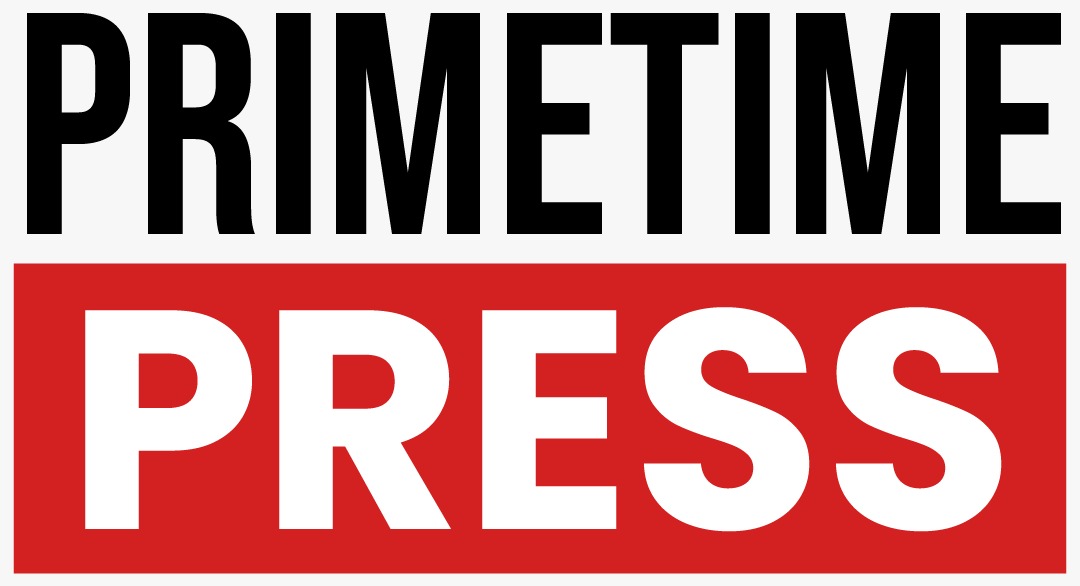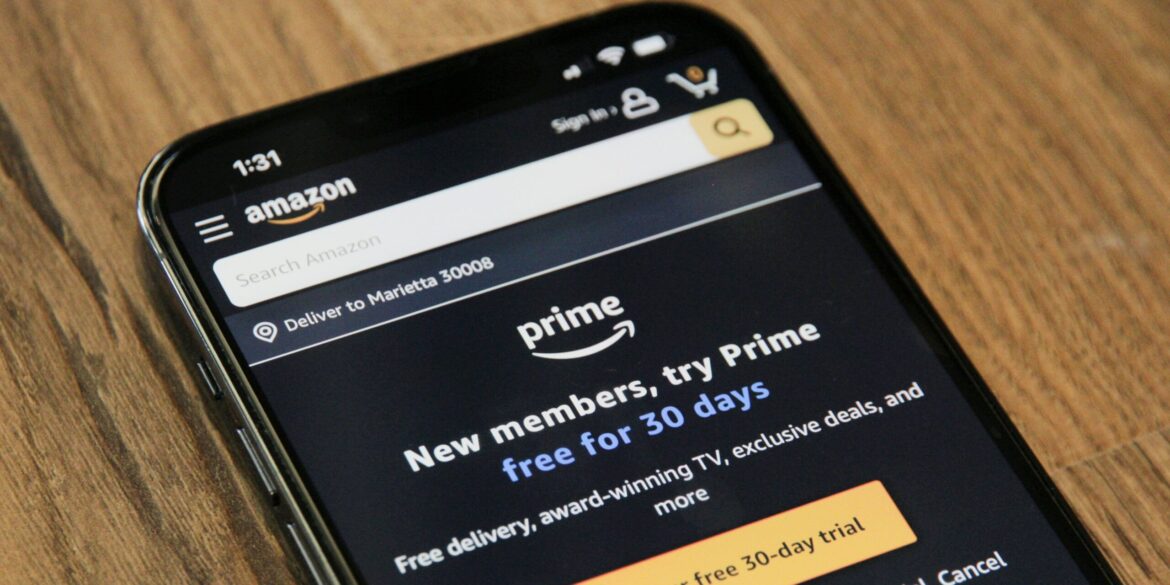Amazon’s 2025 Prime Day, which began on July 8 and is now running for four full days instead of the traditional two, is forecast to generate an unprecedented $23.8 billion in U.S. online sales. This figure, projected by Adobe Analytics, would mark a 28.4% jump over last year’s total and underscores the growing importance of this annual retail event. The expansion reflects Amazon’s strategy to capitalize on a larger consumer base and extend purchasing windows during a period marked by economic volatility.
The longer sales event comes at a time of shifting consumer behavior and heightened retail competition. With companies like Walmart and Target launching overlapping promotional events, Amazon’s decision to double the length of its Prime Day is viewed as a proactive measure to defend its dominant position in the e-commerce space. Analysts believe that this year’s sales momentum is being fueled by a confluence of factors including early back-to-school shopping, heightened demand for electronics and home goods, and a surge in mobile-based purchasing.
Consumer electronics and apparel are expected to lead in sales, with Adobe reporting that discounts in these categories could reach up to 24% for clothing and 22% for tech products. These deep price cuts are proving especially attractive for consumers looking to offset rising living costs. As inflation continues to affect household budgets, many are strategically timing purchases to coincide with promotional events like Prime Day.
Mobile commerce is playing an increasingly significant role in driving Prime Day performance. For the first time, over half of purchases are expected to be completed through smartphones and tablets. This trend reflects broader shifts in digital consumption habits, with more shoppers browsing and buying through apps. Amazon has also incorporated AI-driven tools, such as its chatbot Rufus, to enhance the shopping experience by offering tailored product suggestions and surfacing real-time deals.
The timing of this year’s Prime Day coincides with uncertain signals from financial markets. U.S. stock futures displayed mixed movement ahead of the event’s kickoff. Nasdaq and S&P 500 futures rose slightly, while Dow Jones futures dipped, reflecting investor anxiety around newly announced trade measures. President Trump recently postponed the implementation of certain reciprocal tariffs but moved forward with imposing new duties on 14 countries, including key trade partners Japan and South Korea. These policy decisions have introduced additional complexities for U.S. companies dependent on global supply chains.
Third-party sellers on Amazon, who represent a significant share of the platform’s merchandise, are particularly sensitive to tariff impacts. Many of these sellers are pulling back on discounting after facing higher import costs driven by new levies, including a steep 50% tariff on aluminum. While some sellers are attempting to absorb costs, others are passing them onto consumers or limiting promotional inventory, potentially affecting deal quality in some product categories.
Despite these headwinds, Amazon is still expected to dominate online sales during the event. Market researchers project the company will command over 75% of the projected $17.2 billion in online revenue generated throughout the broader sales period. The event not only demonstrates Amazon’s powerful market position but also serves as a real-time barometer of consumer sentiment and discretionary spending.
An emerging trend this year is the rising use of Buy Now, Pay Later (BNPL) services, especially among younger shoppers. Adobe Analytics estimates that BNPL transactions will make up 8% of Prime Day purchases, up from 7.6% last year. These services offer consumers more flexibility in managing larger purchases, a particularly appealing feature in today’s economic climate.
Amazon’s approach to Prime Day has evolved into a broader strategy that combines aggressive discounting, digital innovation, and promotional timing to drive sales growth. As the retail landscape becomes increasingly competitive, events like this provide a glimpse into how major players are adapting to shifting consumer expectations and macroeconomic challenges.
The final tally from this year’s extended Prime Day will not only influence Amazon’s quarterly earnings but will also provide valuable insights into the resilience of consumer demand amid ongoing inflation and trade-related disruptions.

